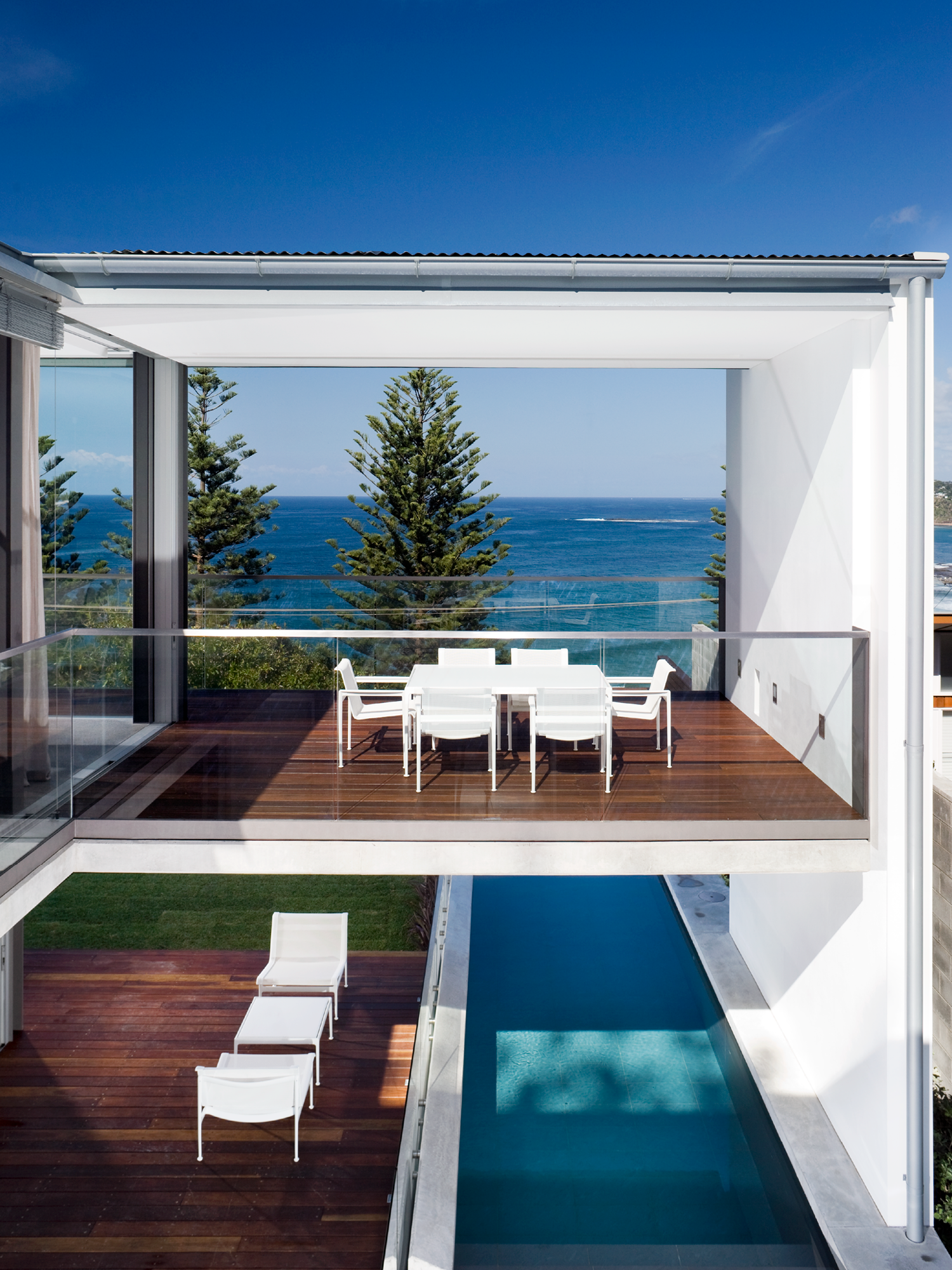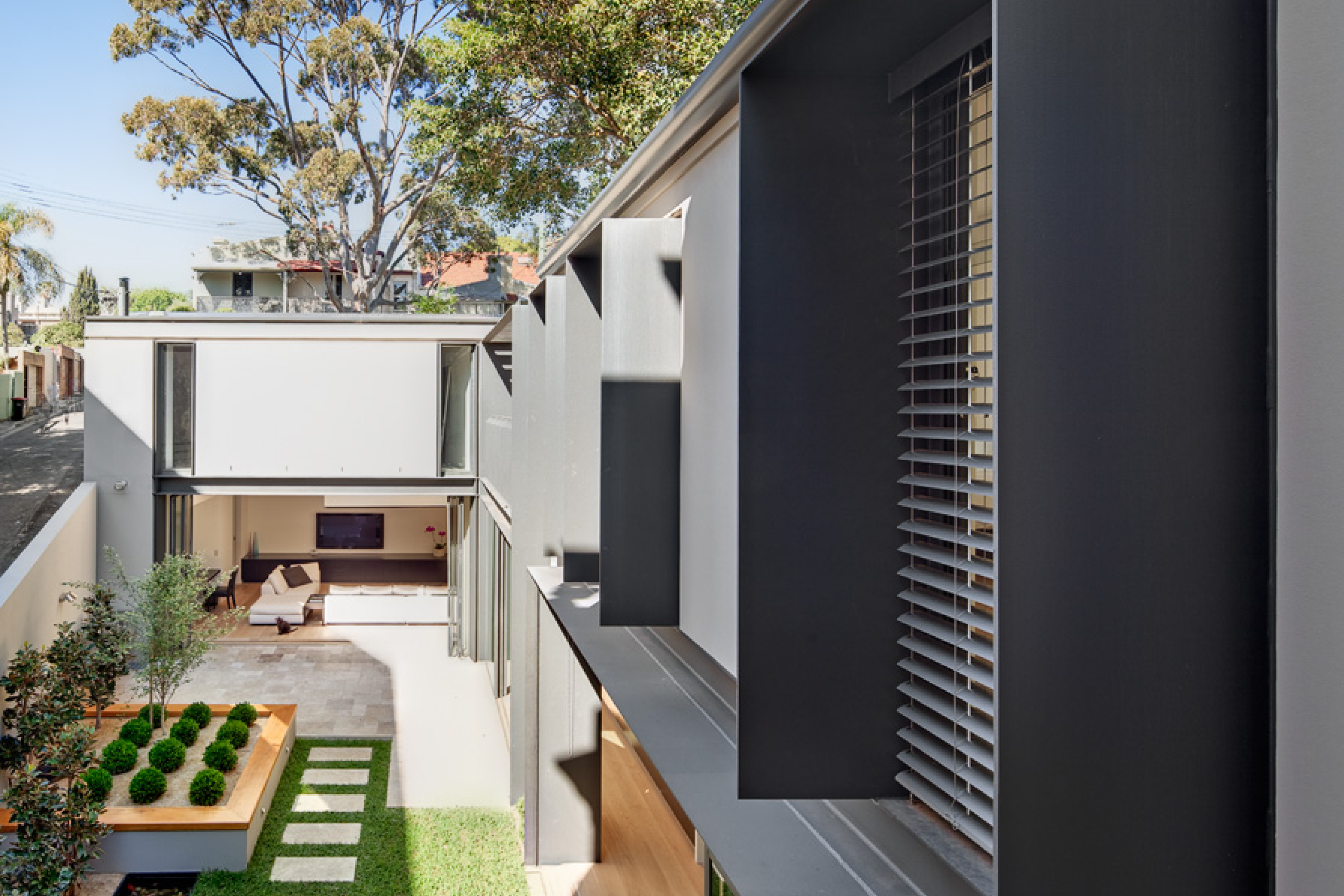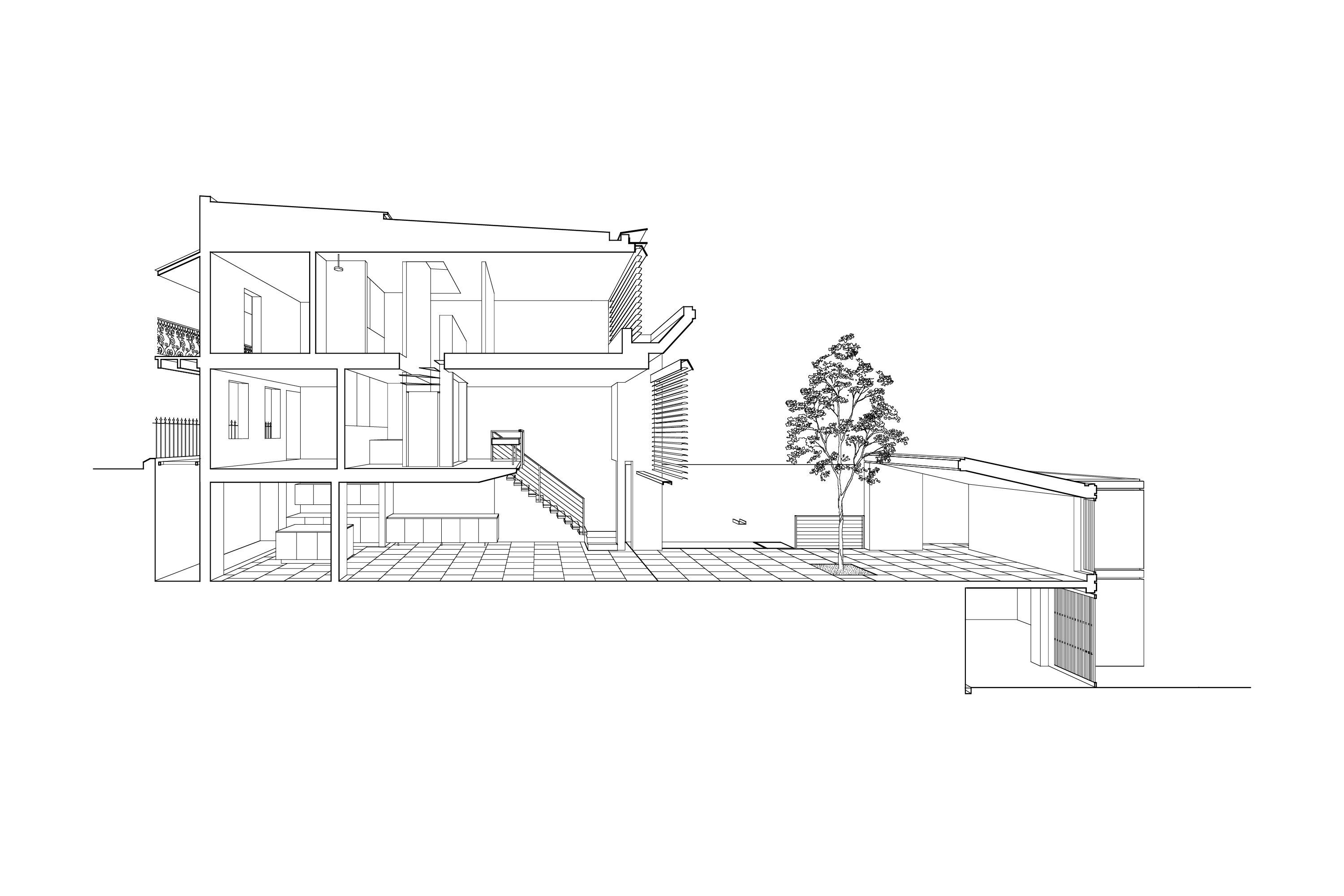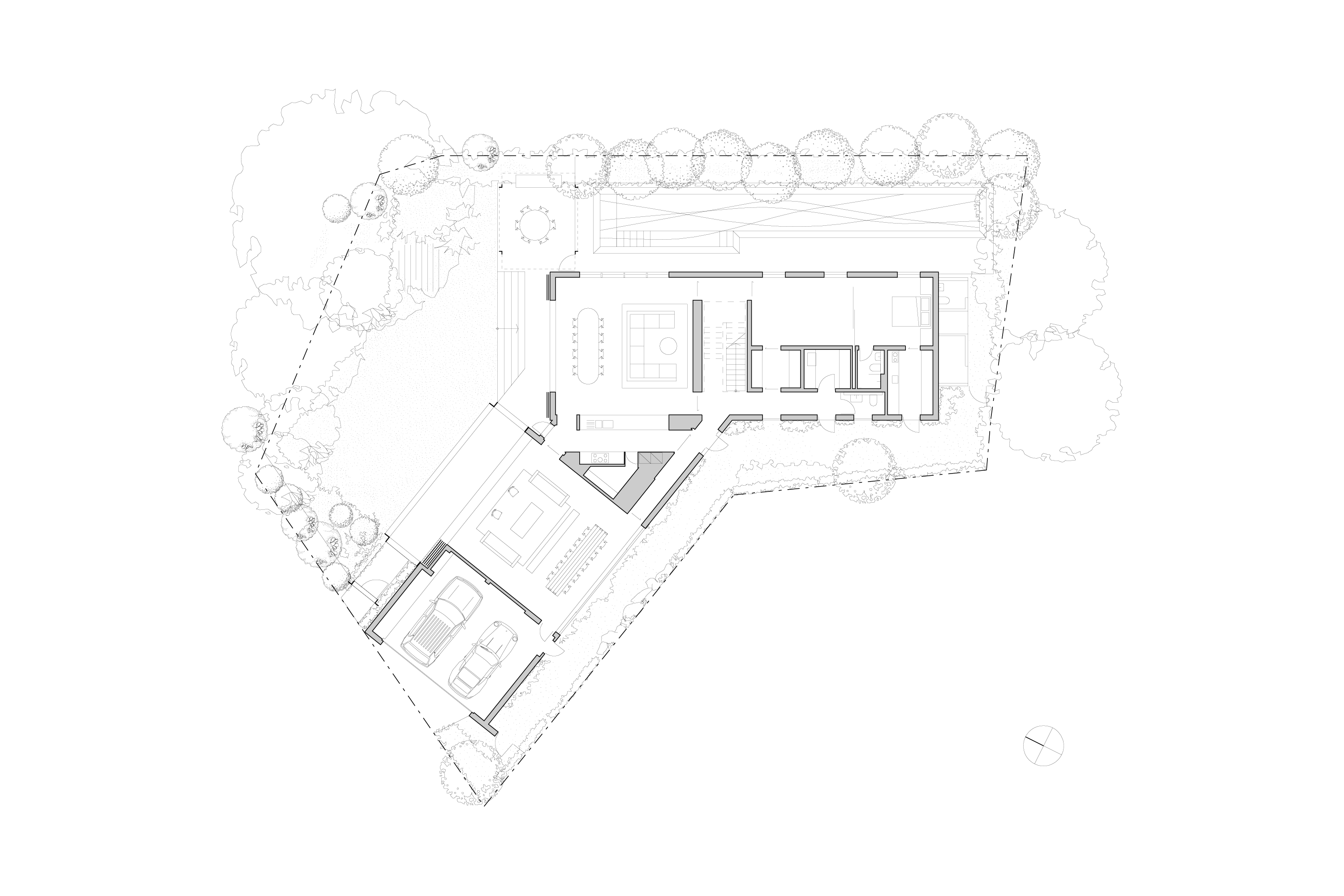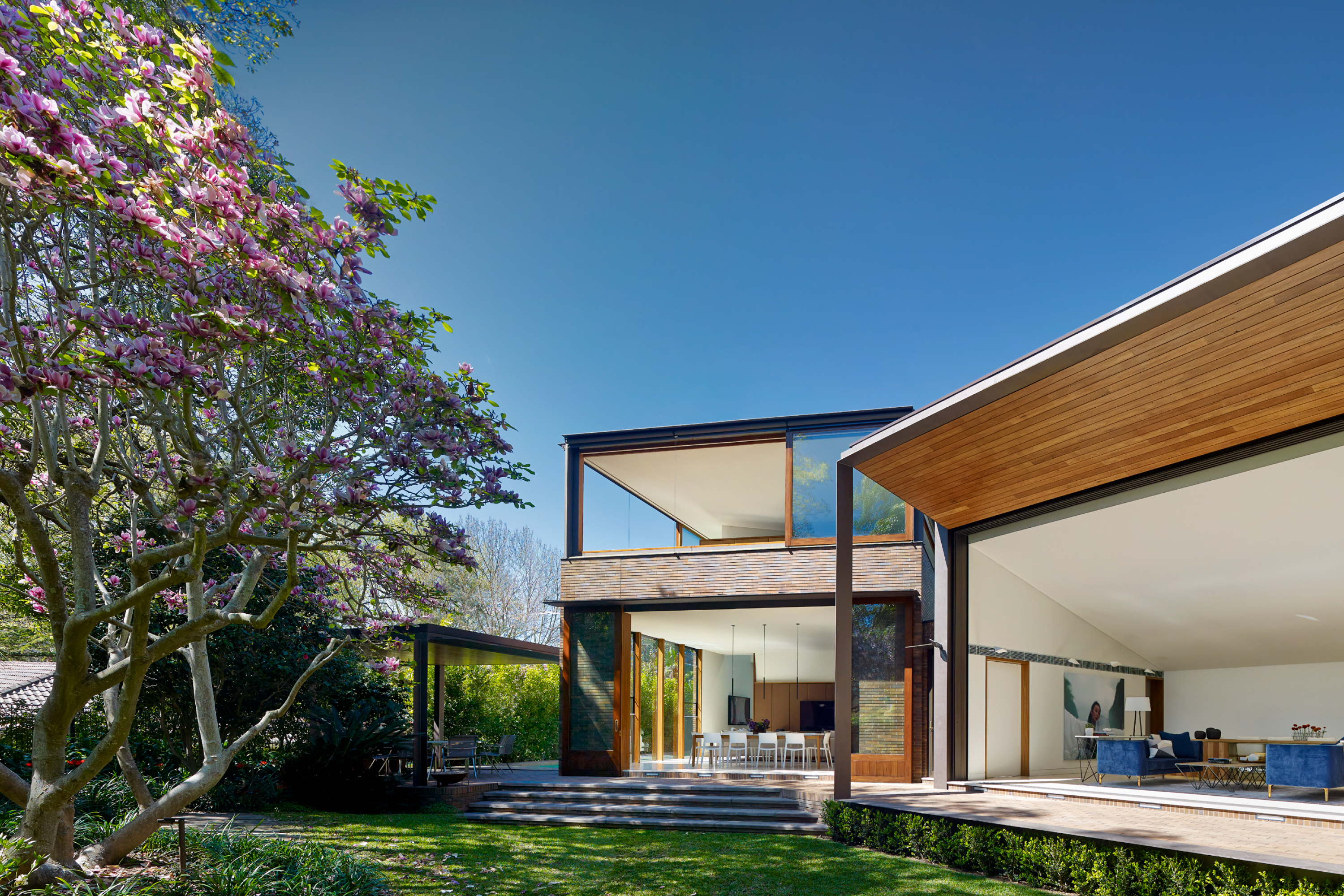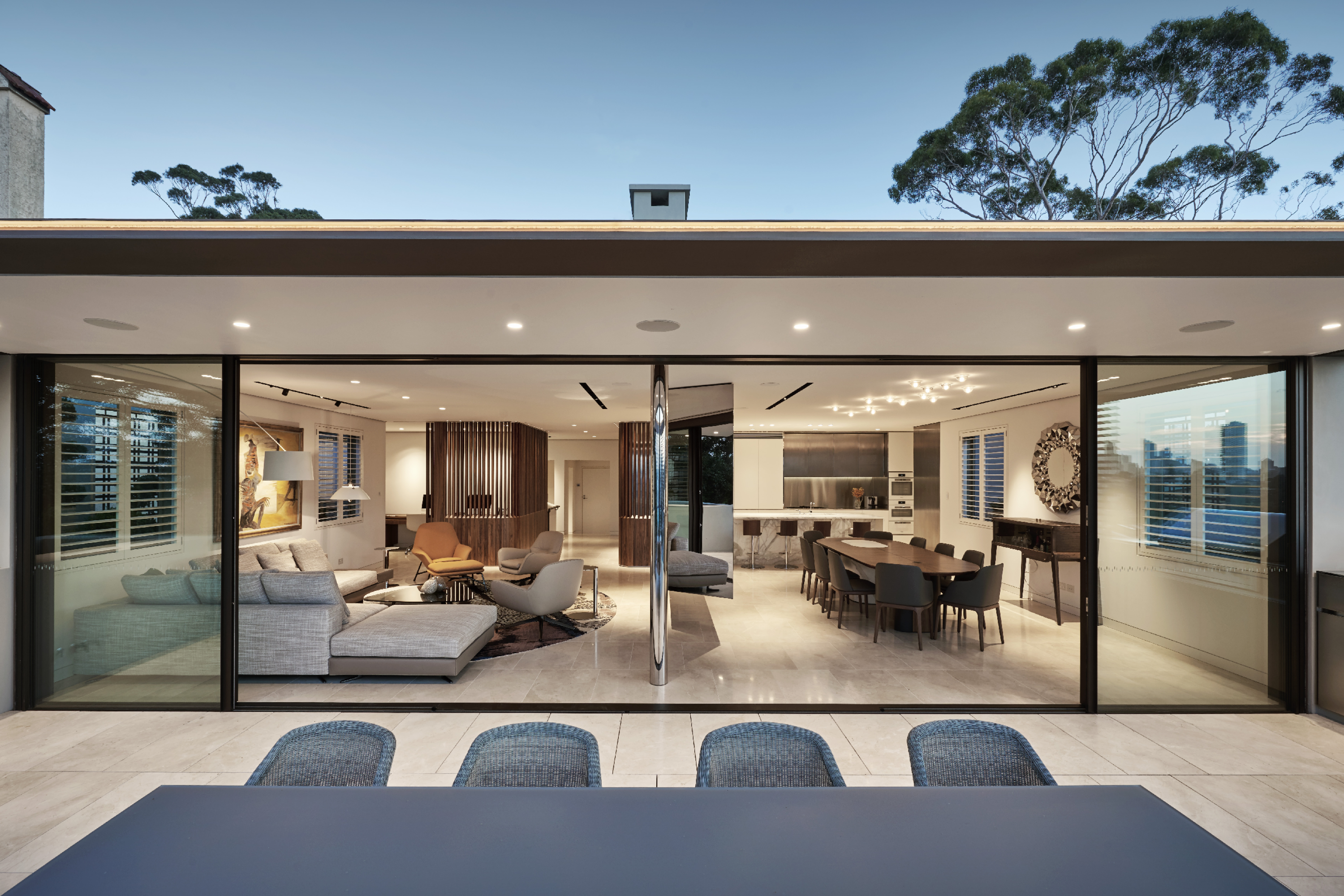Sustainability through Liveability
Well-nigh all of the Tzannes houses built over the last four decades stand in fundamentally the same condition as the day construction was complete. They remain in situ, intact and essentially unchanged, for three very good reasons – they work, they’re lovely places to live, and they have good bones.
The houses work because the over-riding intention of the plan and orientation was to optimise the passive design performance. They’re lovely places to live because the pleasures of inhabitation – spaciousness, privacy, outlook, warmth, light, cooling breezes, and nature – were all connected with knowledge and aforethought. And they all have good bones – the structural and material pre-requisites for a long life.
When a house performs correctly, in terms of both its passive design program and its degree of user satisfaction, it can conceivably last forever, as will the range of benefits – domestic, social, economic, and environmental. Sustainability through liveability is the equation to which Tzannes has adhered with an ongoing sequence of houses that can be regarded as paradigms of longevity and user satisfaction.

